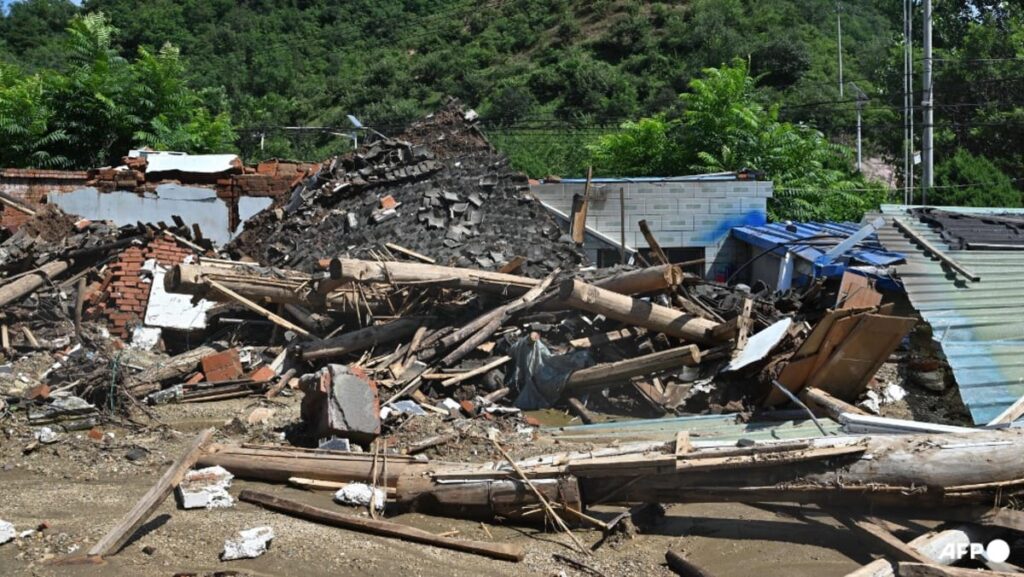On Tuesday, Beijing allocated more than 1 billion yuan (US$139 million) in disaster relief for Guangdong and the northern province of Hebei, as well as the capital, Beijing, and the northern region of Inner Mongolia, state news agency Xinhua said, including subsidies for damage to grain-growing areas.
“The rains will drive up prices for fresh fruits and vegetables,” said Dan Wang, a China expert at Eurasia Group.
While some farmers might be able to exploit the situation to their benefit, agricultural losses would hit incomes as a whole, she added.
Cold chain storage providers could benefit, she said, while higher prices could sustain consumer prices, after the latest data showed the first rise in five months.
Even e-commerce may not be immune, as a landslide north of Guangzhou early on Wednesday hit “Taobao Village”, a community where many households run shops on China’s Alibaba platform, trapping 14 people, with half the number still missing.
Across the province, 16 rivers threaten to breach their banks, with water levels at two sites reaching their highest since 2017 and 2018.
But the worst may be yet to come, with two to three typhoons expected to strike in August, emergency management authorities said on Tuesday.
DISEASE OUTBREAK
The city of Foshan west of Guangzhou has been the epicentre of the province’s Chikungunya outbreak, while at least a dozen more have reported infections, which typically cause fever and severe joint pain, though deaths are rare.
The next few weeks are especially daunting for disease prevention and control, say provincial authorities, after the flood season, worsened by typhoons and heavy rain, boosted mosquito activity.
Spread by the bite of infected Aedes mosquitoes, global infections of the disease number at least 240,000 this year.
But the disease and rainfall will have an uneven economic impact on China, thanks to their localised nature, said Chim Lee, a senior analyst at the Economist Intelligence Unit.
“In harder-hit areas like Guangdong, outdoor activity is discouraged, and many brick-and-mortar, consumer-facing businesses are seeing a drop in footfall,” he added.
“Industrial and commercial operations are also feeling the strain.”
Read the full article here

